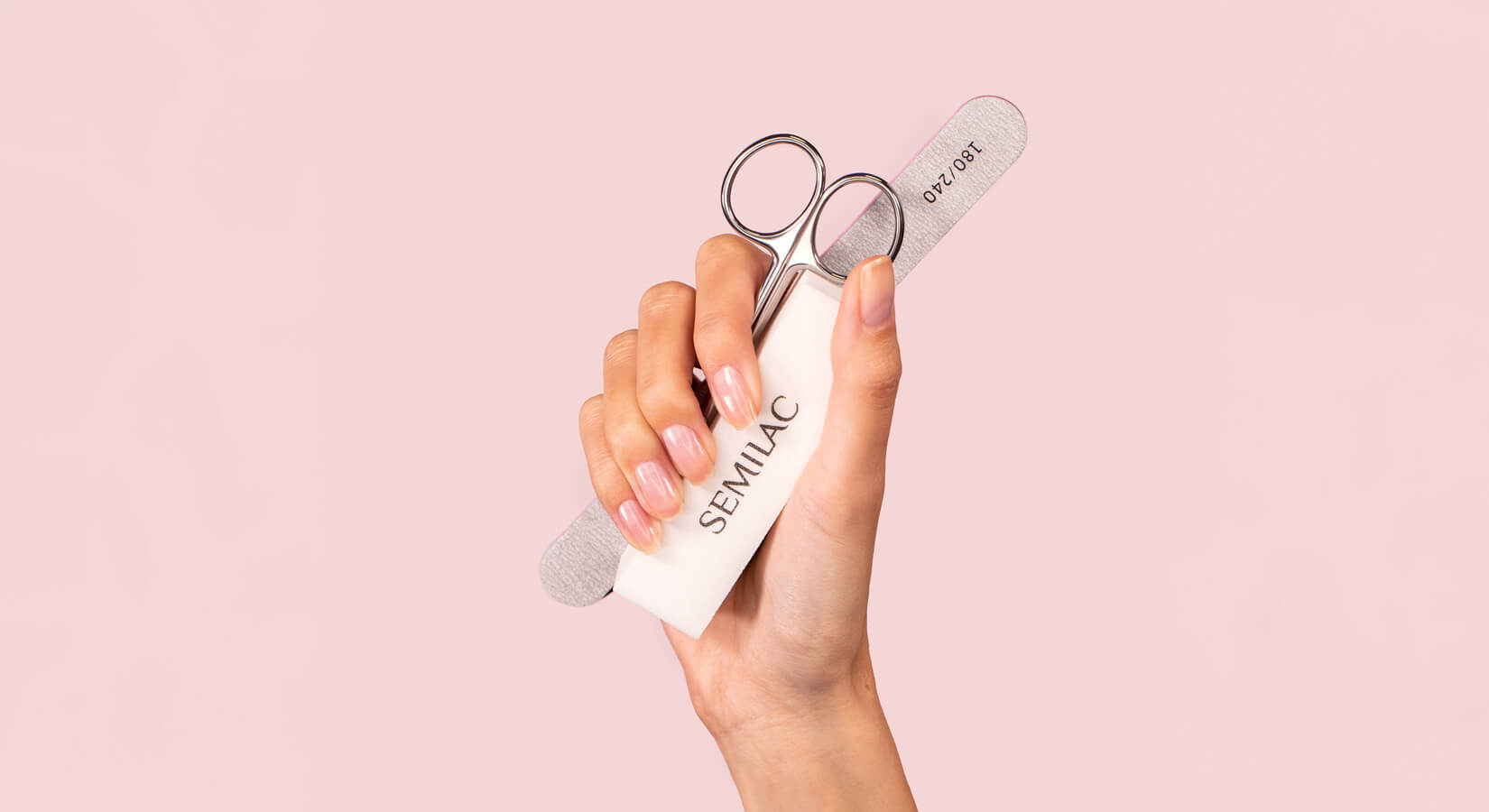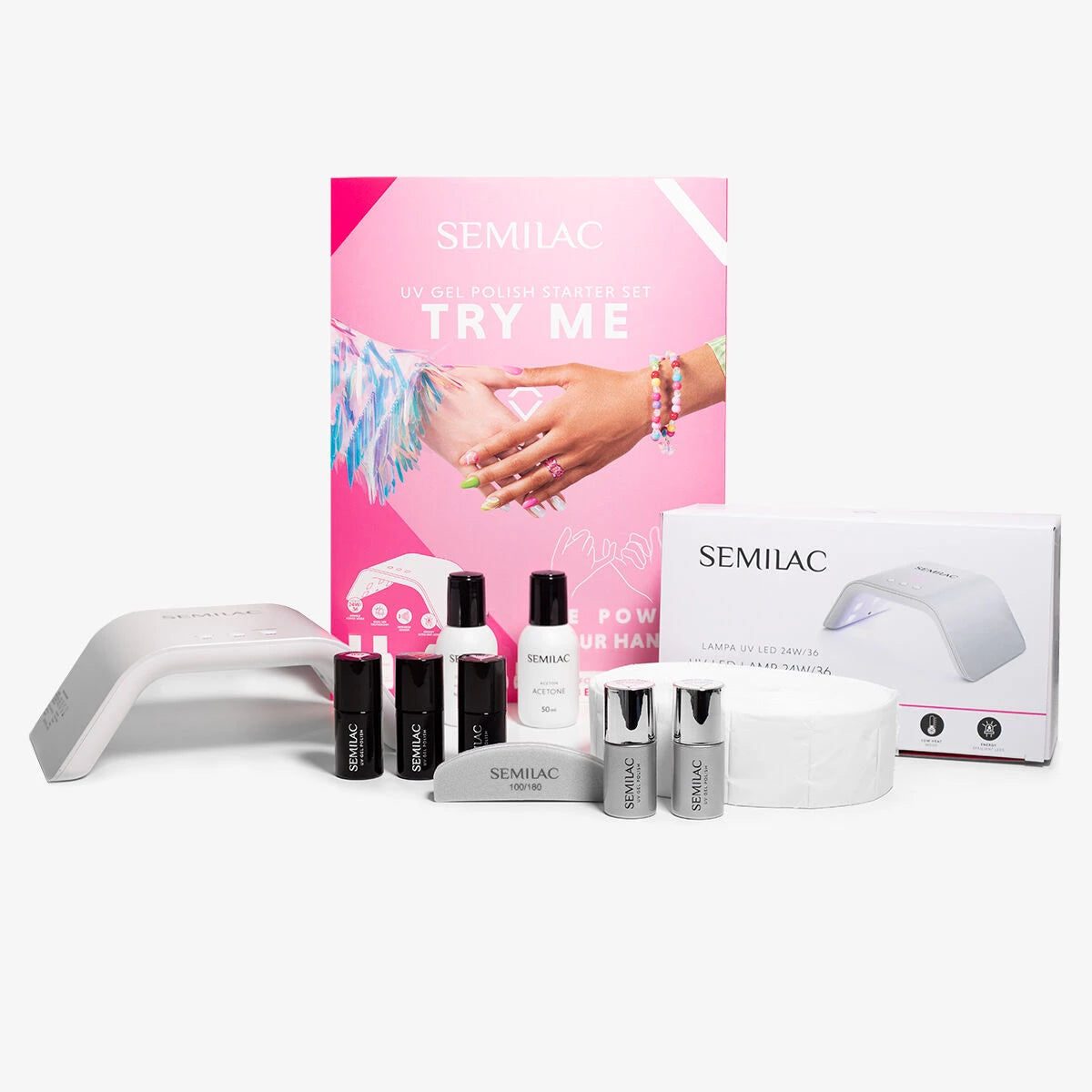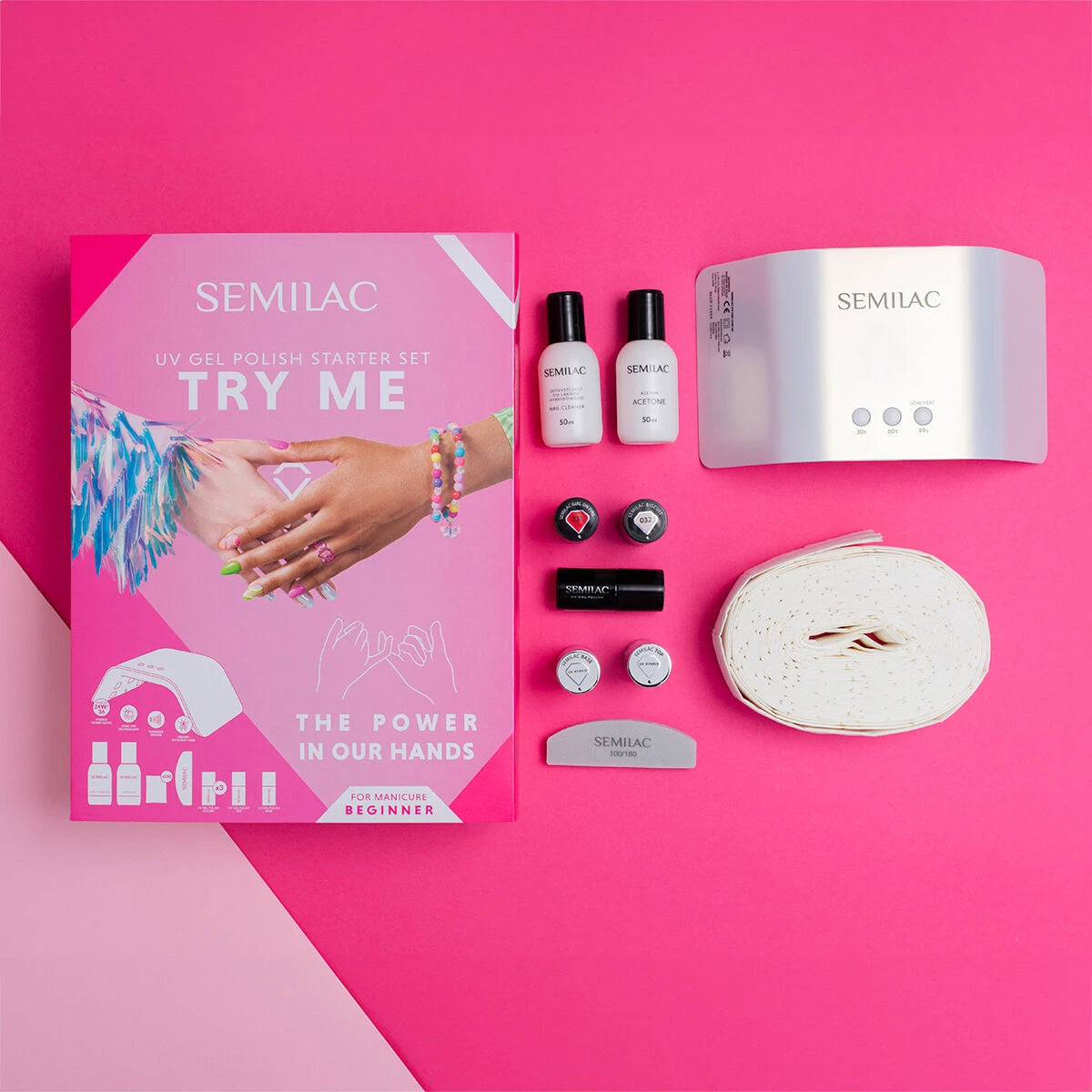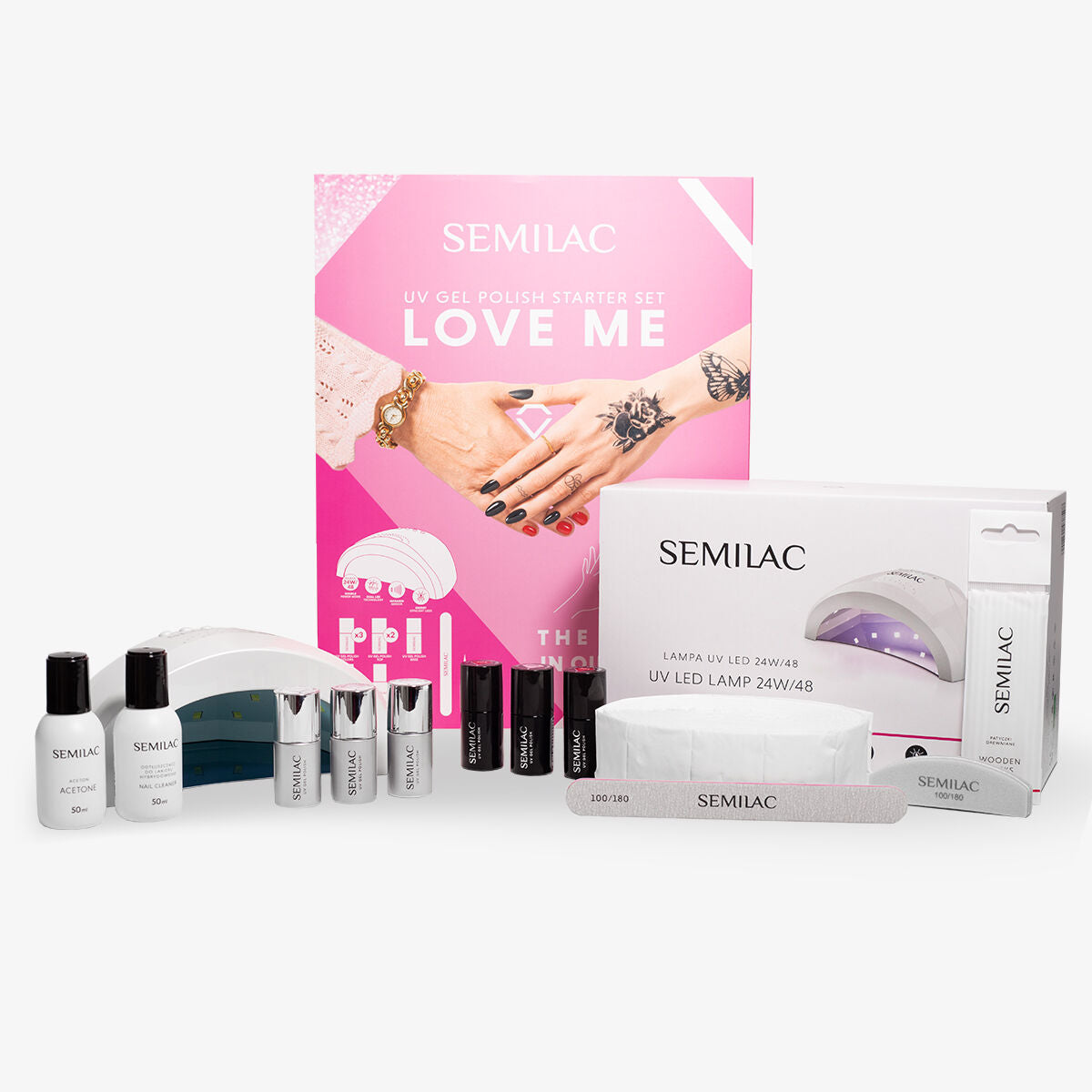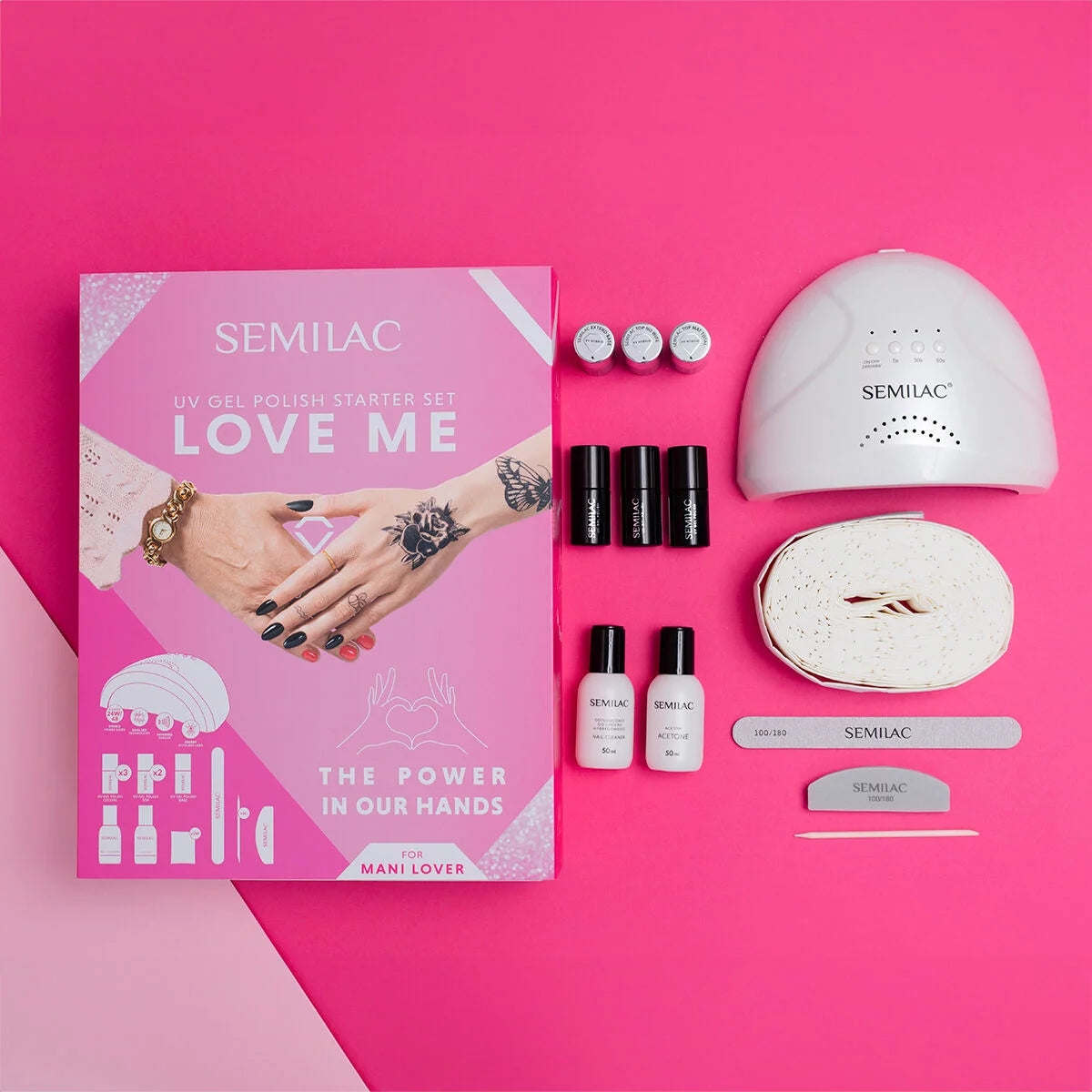Are your cuticles giving you a hard time? Don't worry, we've got you covered! Welcome to the ultimate guide to cutting cuticles, where we'll take you through a step-by-step tutorial to achieve beautiful and well-groomed nails. Whether you're a seasoned nail enthusiast or a beginner looking to up your manicure game, this comprehensive guide will equip you with the knowledge and techniques to tackle those pesky cuticles like a pro. Say goodbye to hangnails and hello to flawless nails that will make heads turn.
With our expert tips and tricks, you'll learn the best practices for cutting cuticles safely and effectively, avoiding any damage or infections. So grab your tools and get ready to transform your nail care routine. Let's dive in and discover the secrets to achieving salon-worthy nails right at home!
Why cutting cuticles is important
Cuticles play a crucial role in protecting your nails from bacteria and infections. However, when they become overgrown or dry, they can make your nails look unkempt and untidy. That's where cuticle cutting comes in. By carefully trimming your cuticles, you can create a clean and polished look for your nails. Cutting cuticles also helps in promoting healthy nail growth and prevents hangnails, which can be painful and unsightly. It's important to note that cutting cuticles should be done with caution, as improper techniques can lead to injury or infections. With the right knowledge and tools, you can master the art of cutting cuticles and achieve professional-looking results at home.

Tools needed for cutting cuticles
Before you begin cutting your cuticles, it's essential to gather the right tools. Here are the must-have tools for a successful cuticle cutting session:
-
Cuticle Nippers: Invest in a high-quality pair of cuticle nippers with sharp, curved blades. Make sure to choose a size that feels comfortable in your hand and offers good control.

-
Cuticle Remover: A cuticle remover solution or gel helps soften the cuticles, making them easier to trim. Look for products that contain gentle exfoliating ingredients like alpha hydroxy acids (AHAs) or salicylic acid.

-
Cuticle Pusher: A cuticle pusher is a handy tool used to gently push back the cuticles before trimming. Opt for a wooden or rubber-tipped cuticle pusher to avoid damaging your nails.

-
Nail File: A nail file is essential for shaping and smoothing the edges of your nails. Choose a file with a fine grit to avoid roughing up the nail surface.

- Moisturizer: After cutting your cuticles, it's crucial to keep your nails and surrounding skin hydrated. Invest in a good-quality cuticle oil or a rich hand cream to moisturize and nourish your nails.

Step-by-step guide to cutting cuticles
Now that you have the necessary tools, let's dive into a step-by-step guide on how to cut your cuticles safely and effectively:
- Start by preparing your nails. Remove any old nail polish and wash your hands thoroughly with warm water and mild soap. Pat dry with a clean towel.

-
Apply a cuticle remover solution to your cuticles. Follow the instructions on the product packaging and leave it on for the recommended time to soften the cuticles.

- Gently push back the cuticles using a cuticle pusher or wooden stick. Be careful not to apply too much pressure or push too forcefully, as this can cause damage to the nail bed.

- Take the cuticle nippers and carefully trim any excess or overgrown cuticles. Start by making small, precise cuts and avoid cutting too close to the nail bed to prevent injuries.

- After trimming, use a nail file to shape and smooth the edges of your nails. File in one direction to avoid weakening the nails.

-
Rinse your hands with warm water to remove any residue from the cuticle remover solution. Pat dry with a clean towel.

-
Apply a cuticle oil or a rich hand cream to moisturize your nails and cuticles. Massage the product gently into your nails and surrounding skin for maximum absorption.

- Repeat this process every 1-2 weeks to maintain well-groomed cuticles and healthy nails.
Common mistakes to avoid while cutting cuticles
While cutting cuticles can be a beneficial practice, it's crucial to avoid common mistakes that can lead to damage or infections. Here are some mistakes to steer clear of:
- Cutting too close to the nail bed: Cutting the cuticles too close to the nail bed can cause pain, bleeding and increase the risk of infections. Always leave a small margin when trimming your cuticles.
- Using dull or dirty tools: Using dull or dirty cuticle nippers can result in jagged cuts and increase the risk of infections. Keep your tools clean and sharp for precise and hygienic cuticle cutting.
- Cutting dry cuticles: Always soften your cuticles with a cuticle remover solution before trimming. Cutting dry cuticles can lead to tears, discomfort and uneven results.
- Over-trimming: Be cautious not to over-trim your cuticles. Removing too much of the cuticle can disrupt the nails natural barrier and make your nails more susceptible to infections.
- Neglecting aftercare: After cutting your cuticles, it's essential to moisturize your nails and surrounding skin. Neglecting aftercare can result in dryness, peeling and brittleness.
By avoiding these common mistakes, you can ensure a safe and effective cuticle cutting experience.

Aftercare for cuticles
After cutting your cuticles, it's crucial to provide proper aftercare to maintain healthy and beautiful nails. Here are some aftercare tips:
- Moisturize regularly: Apply cuticle oil or a rich hand cream daily to keep your nails and cuticles hydrated. Massage the product gently to promote blood circulation and healthy nail growth.
- Avoid harsh chemicals: Limit your exposure to harsh chemicals, such as strong detergents or cleaning agents, as they can dry out your nails and cuticles.
- Wear gloves: When doing household chores or working with chemicals, protect your hands and nails by wearing gloves. This helps prevent damage and keeps your nails and cuticles moisturized.
- Maintain a balanced diet: A balanced diet rich in vitamins, minerals and proteins promotes healthy nail growth. Include foods like spinach, almonds, eggs and salmon in your diet for strong and nourished nails.
- Avoid biting or picking at your cuticles: Biting or picking at your cuticles can cause infections and damage to the nail bed. Resist the urge and opt for healthier habits like using a cuticle oil or gently pushing back the cuticles.
By following these aftercare tips, you can ensure that your cuticles stay in top shape and your nails remain healthy and beautiful.

Alternatives to cutting cuticles
If you're hesitant about cutting your cuticles or prefer a less invasive approach, there are alternatives to consider. Here are some alternatives to cutting cuticles:
- Cuticle Pushing: Instead of cutting, you can simply push back your cuticles using a cuticle pusher. This helps create a neat and tidy appearance without the risk of cuts or infections.
- Soaking: Soaking your fingers in warm water with a few drops of gentle soap or a specialized cuticle softener can help soften and loosen the cuticles. This makes them easier to push back or remove gently.
- Exfoliation: Regular exfoliation can help remove dead skin cells and keep your cuticles healthy. Use a gentle exfoliating scrub or a soft toothbrush to gently scrub your cuticles in circular motions.
- Moisturizing: Keeping your cuticles and nails moisturized is essential for their health and appearance. Apply cuticle oil or a rich hand cream regularly to prevent dryness and promote healthy nail growth.
Remember, it's important to find the method that works best for you and your nails. Experiment with different techniques and products to determine what suits your needs and preferences.

Safety precautions for cutting cuticles
While cutting cuticles can be a safe and effective practice, it's essential to take certain safety precautions to minimize the risk of injuries or infections. Here are some safety tips to keep in mind:
- Use clean and sterilized tools: Before starting, make sure your cuticle nippers and pushers are clean and sterilized. This helps prevent the spread of bacteria and reduces the risk of infections.
- Trim only the excess: When cutting your cuticles, avoid cutting healthy skin or removing too much of the cuticle. Stick to trimming the excess or overgrown parts to maintain a healthy nail barrier.
- Be gentle: Use gentle and controlled movements when trimming your cuticles. Avoid applying excessive pressure or rushing the process, as this can lead to injuries or uneven results.
- Avoid sharing tools: Sharing cuticle tools with others increases the risk of infections. Keep your tools separate and avoid using communal tools at nail salons or spas.
- Stop, if it hurts: If you experience pain or discomfort while cutting your cuticles, stop immediately. Pain is a sign that you may be cutting too close to the nail bed or causing damage to the skin.
By following these safety precautions, you can ensure a safe and enjoyable cuticle cutting experience.
Professional cuticle cutting services
If you're unsure about cutting your cuticles or prefer to leave it to the professionals, there are many nail salons and spas that offer professional cuticle cutting services. Trained technicians can safely and efficiently trim your cuticles, giving your nails a polished and professional look. Professional services also provide additional benefits like nail shaping, buffing and a relaxing hand massage. If you're looking for a pampering session or want to treat yourself, consider visiting a reputable nail salon or spa for a professional cuticle cutting experience.

Conclusion
Cutting cuticles is an essential part of maintaining well-groomed and healthy nails. With the right tools, techniques and precautions, you can achieve salon-worthy results right at home. Remember to always prioritize safety and hygiene when cutting your cuticles and don't forget to provide proper aftercare to maintain the health and beauty of your nails. Whether you choose to trim your cuticles yourself or opt for professional services, this ultimate guide will equip you with the knowledge and confidence to achieve flawless and envy-worthy nails. So grab your tools, follow the steps and get ready to elevate your nail care routine to the next level!

